Lobsters are fascinating creatures found in oceans around the world. With a diverse range of species, each type of lobster has unique features and habitats. This blog post explores 15 different types of lobsters, highlighting their distinctive characteristics and natural environments.
American Lobster
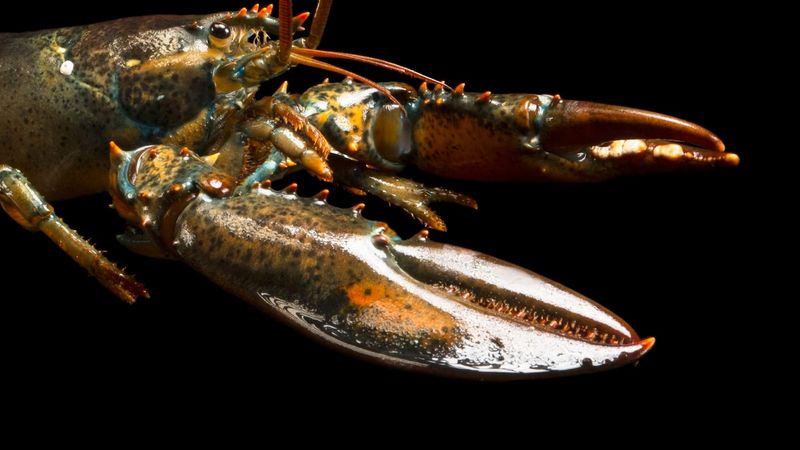
The American lobster, known for its robust size and strength, thrives in the chilly waters of the North Atlantic. Its dark bluish-green shell helps it camouflage among the ocean floor’s rocky crevices. This type is heavily fished due to its delicious meat, making it a staple in seafood markets. American lobsters can grow impressively large, with some reaching over 40 pounds. Historically, they were so plentiful that they were once considered food for the poor. Today, they are a prized delicacy.
European Lobster
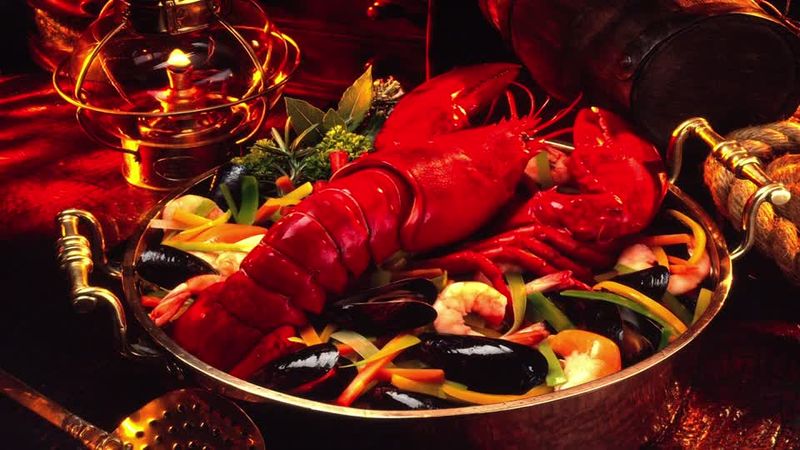
The European lobster stands out with its vivid blue shell, a striking feature that distinguishes it from its American cousin. Found along the rocky coasts of Europe, it has long been a favorite among seafood lovers. This lobster prefers the warmer waters of the Mediterranean and Northeastern Atlantic. The European lobster’s striking color makes it a popular subject for underwater photography. It is also of significant culinary importance across Europe, often featured in gourmet dishes.
Spiny Lobster
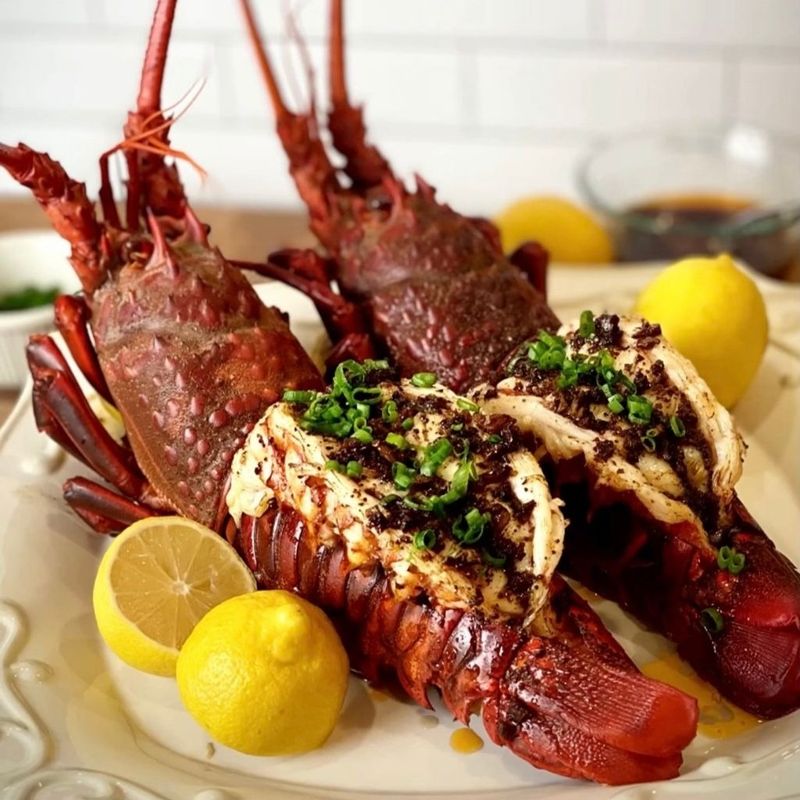
Spiny lobsters, notable for their lack of claws and long spiny antennae, are primarily found in tropical and subtropical waters. Their colorful shells make them a vibrant part of coral reef ecosystems. Instead of pincers, they have powerful tails used for quick escapes. Known as rock lobsters in some parts, they are a culinary delight in many cultures. Spiny lobsters are often harvested for their juicy tails, a favorite ingredient in tropical dishes.
New Zealand Lobster
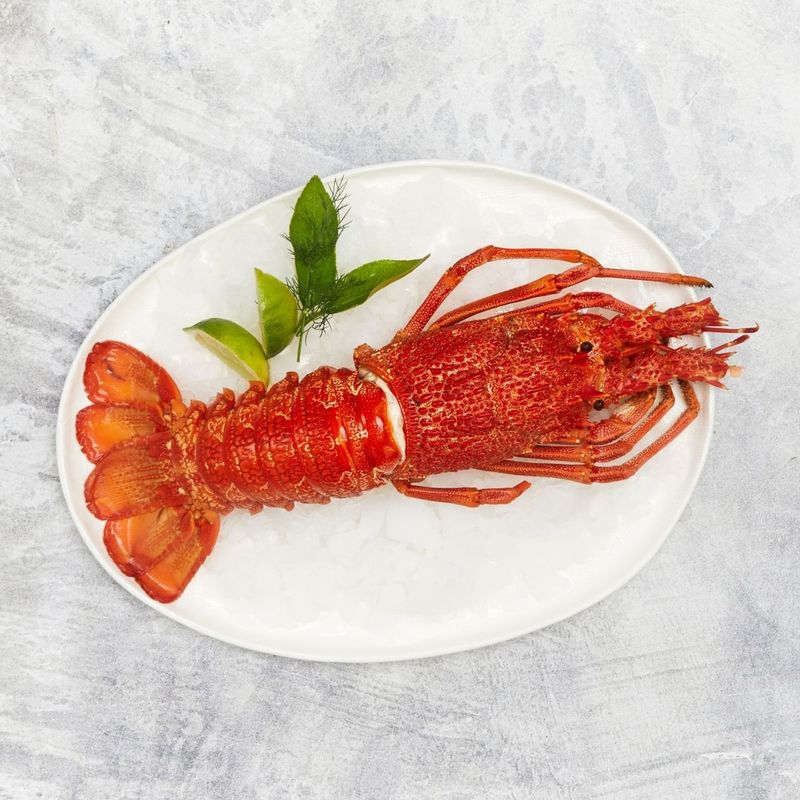
The New Zealand lobster, also known as the red rock lobster, inhabits the waters around New Zealand and Southern Australia. Its bright red shell is its most distinguishing feature. This lobster is a favorite among local fishers and is highly valued for its tender meat. The species is known for its resilience, able to thrive in various marine environments. Conservation efforts have been put in place to ensure its sustainability, reflecting its importance to the region’s economy and culture.
California Spiny Lobster

The California spiny lobster, distinct in its reddish-brown shell, is a common sight in the kelp forests of the Pacific Ocean. Unlike true lobsters, it lacks pincers, instead sporting long, spiny antennae. This lobster is a popular target among divers and recreational fishers, known for its flavorful meat. The California spiny lobster is celebrated in local festivals and seafood cuisine, particularly in Southern California. Its role in the ecosystem is vital, as it helps maintain the balance of kelp forest habitats.
Norway Lobster

The Norway lobster, also known as langoustine, is a slender, pinkish-orange crustacean found in the cold waters of the North Sea and the Atlantic Ocean. Despite their small size, they are highly prized for their sweet, delicate meat. Norway lobsters are a key ingredient in European cuisine, often served in fine dining establishments. Their sustainable harvest is crucial, making them a focus of fisheries management. Their habitat in deep burrows on muddy sea floors adds to their intriguing nature.
Eastern Rock Lobster
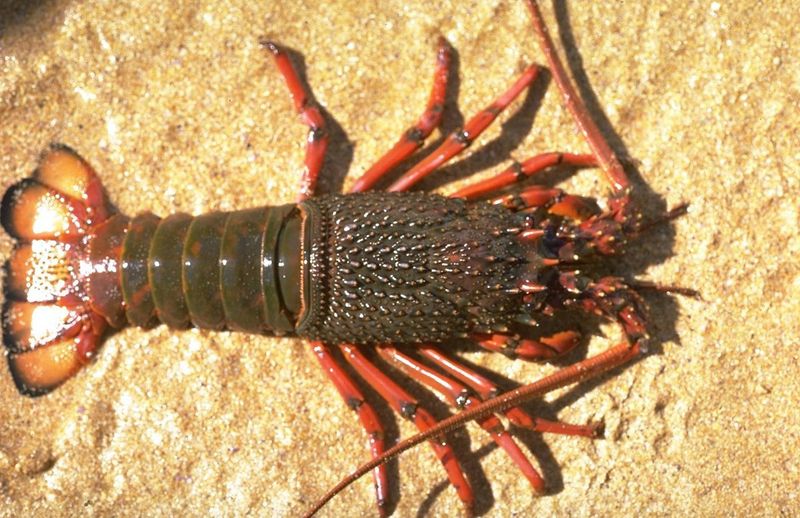
The Eastern rock lobster, found along the southeastern coast of Australia, boasts a dark reddish-brown shell. It is one of the most commercially important lobster species in the southern hemisphere. Known for its succulent and flavorful meat, it is a sought-after delicacy in international markets. This species is adapted to rocky ocean beds, where it finds shelter and food. Eastern rock lobsters are subject to strict fishing regulations to protect their populations and ensure long-term sustainability.
Caribbean Spiny Lobster
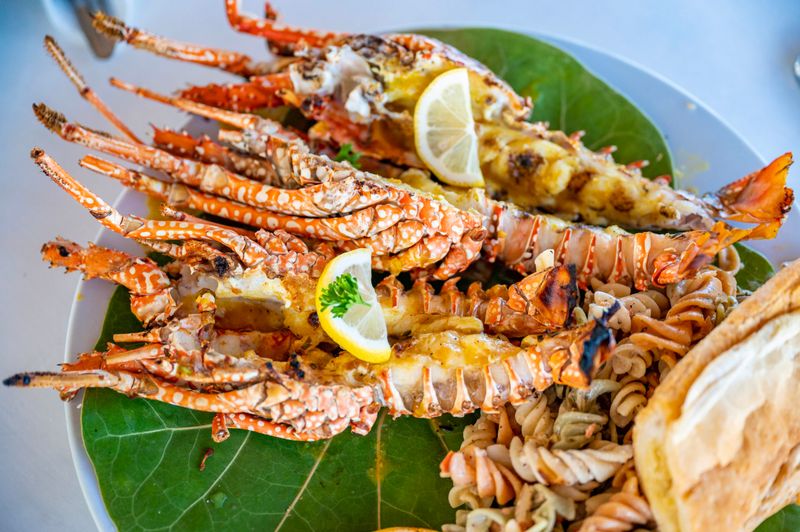
The Caribbean spiny lobster is a vibrant inhabitant of the coral reefs in the Caribbean Sea. With its colorful shell and distinctive long antennae, it adds to the region’s marine biodiversity. Unlike its clawed relatives, it relies on its powerful tail for defense and navigation. This species plays an important role in the Caribbean’s marine ecosystem and is a valuable resource for local fisheries. Efforts are underway to manage and conserve this species, ensuring its continued presence in these waters.
Japanese Lobster
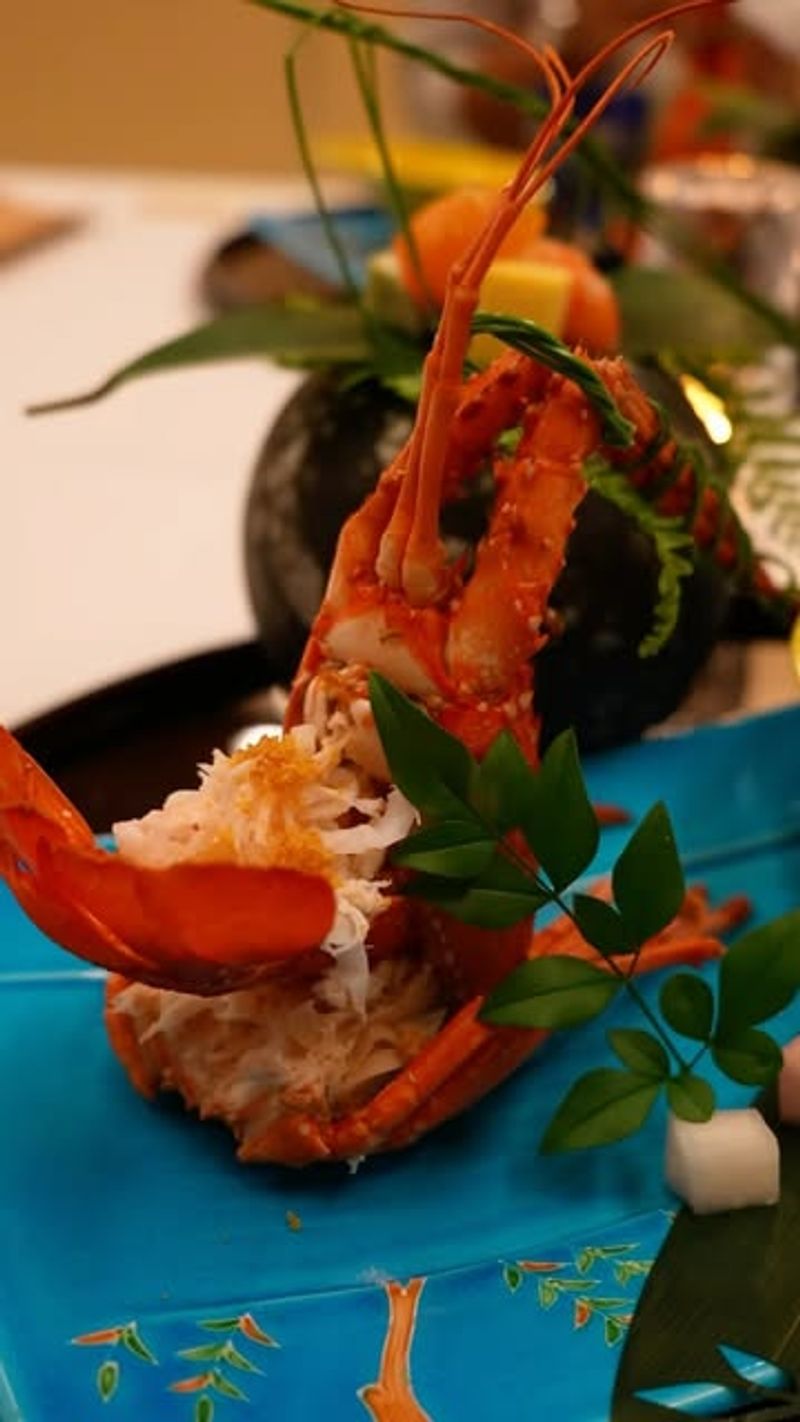
The Japanese lobster, known for its unique black shell, is a fascinating species found in the coastal waters of Japan. Its striking appearance makes it a popular choice for seafood lovers and collectors alike. This lobster is not only appreciated for its culinary value but also for its role in Japanese culture and tradition. The Japanese lobster is often featured in art and literature, symbolizing longevity and prosperity. Fishing regulations help protect this species, promoting sustainable practices in its native habitat.
South African Rock Lobster
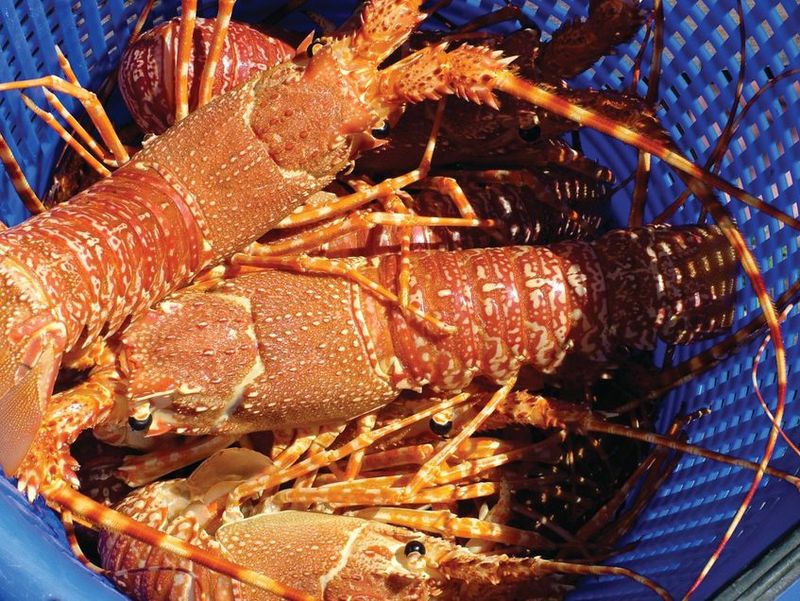
The South African rock lobster, with its distinctive greenish shell, inhabits the ocean floor near South Africa’s coast. This species is a significant part of the local marine diet and economy, highly valued for its sweet and tender meat. Known locally as the “crayfish,” it is a subject of both commercial and recreational fishing. Conservation measures are in place to ensure the sustainable harvest of this species, reflecting its importance to South Africa’s cultural and culinary heritage.
Western Rock Lobster
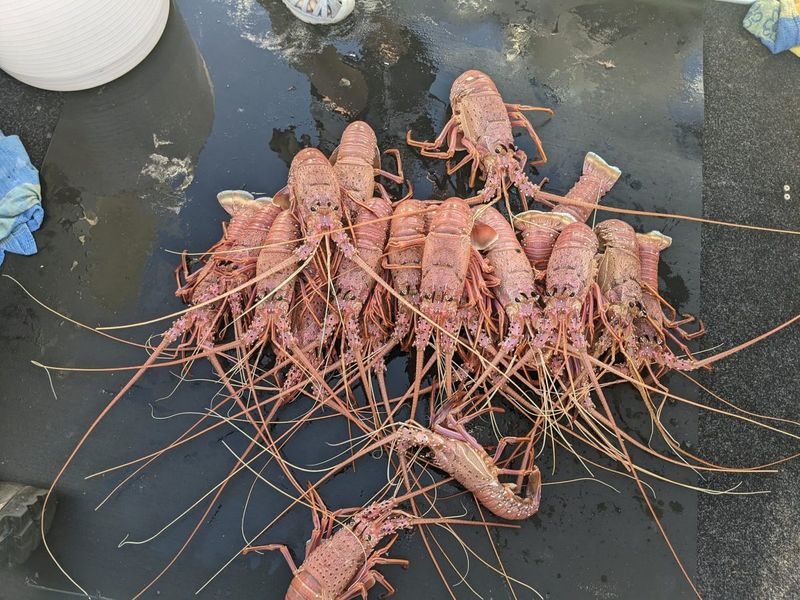
The Western rock lobster is a prized species found among the reef systems of Western Australia. Known for its reddish shell and robust size, it is a major contributor to the region’s seafood industry. This lobster is renowned for its delicate flavor and tender meat, making it a favorite in both local and international cuisines. The Western rock lobster fishery is one of the most well-managed in the world, ensuring its populations remain healthy and abundant. It is celebrated in festivals and culinary events across Australia.
Madeira Lobster
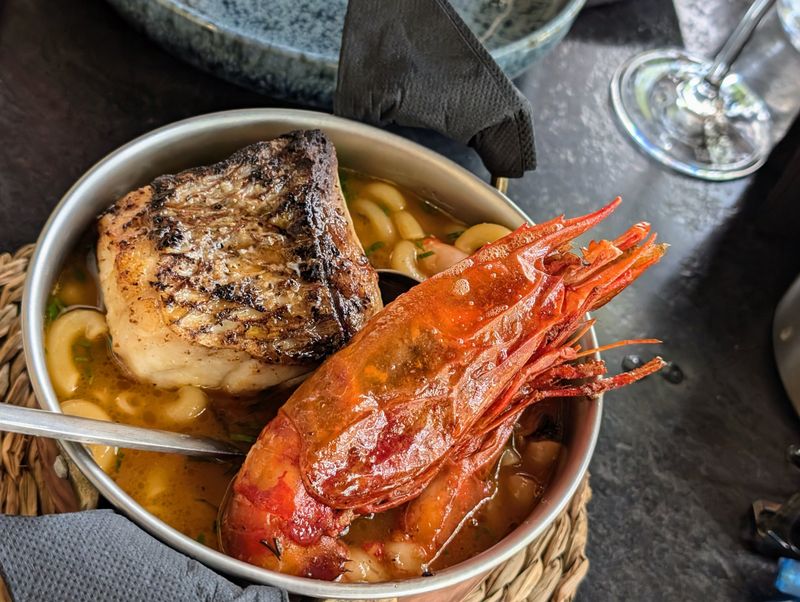
The Madeira lobster, with its vibrant orange shell, is a striking species found near the rocky shores of Madeira Island. This lobster is known for its agility and swift movements, making it a fascinating subject for marine enthusiasts. Although not as extensively fished as other species, it is appreciated for its unique flavor and texture. Madeira lobsters are often featured in local cuisine, adding a touch of island flair to traditional dishes. Efforts are in place to conserve their natural habitat and populations.
Scyllarides Latus (Slipper Lobster)
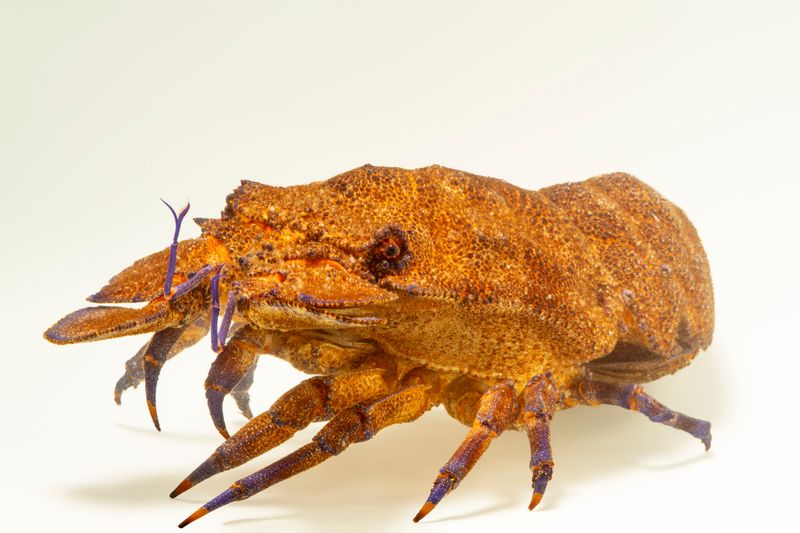
Scyllarides latus, known as the slipper lobster due to its flattened body and broad claws, is a unique inhabitant of the Mediterranean Sea. Unlike typical lobsters, it lacks long antennae and instead has a more compact form. This species is often found hiding among rocks and crevices, making it an elusive catch. Its sweet flesh is a delicacy in Mediterranean cuisine, often featured in soups and stews. Despite its lesser-known status, the slipper lobster’s distinctive appearance and taste make it a prized find.
Painted Spiny Lobster
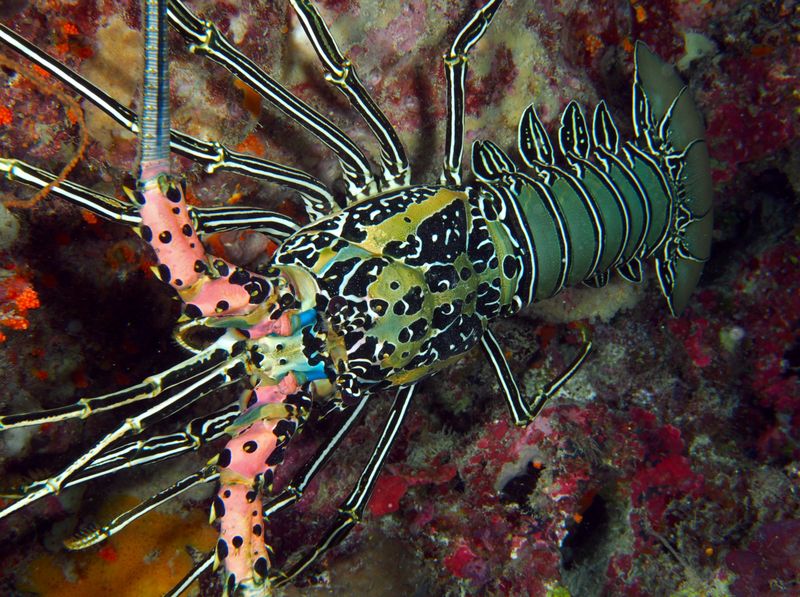
The painted spiny lobster is famous for its colorful, intricate shell patterns, a sight to behold in the waters of the Indo-Pacific. This lobster species is devoid of claws, relying on its long antennae and swift tail for navigation and defense. Its vibrant appearance makes it a favorite among divers and underwater photographers. Though less common in commercial markets, it is a sought-after delicacy due to its rich, succulent meat. The painted spiny lobster adds a splash of color to the ocean floor, embodying the diversity of marine life.
Australian Southern Rock Lobster
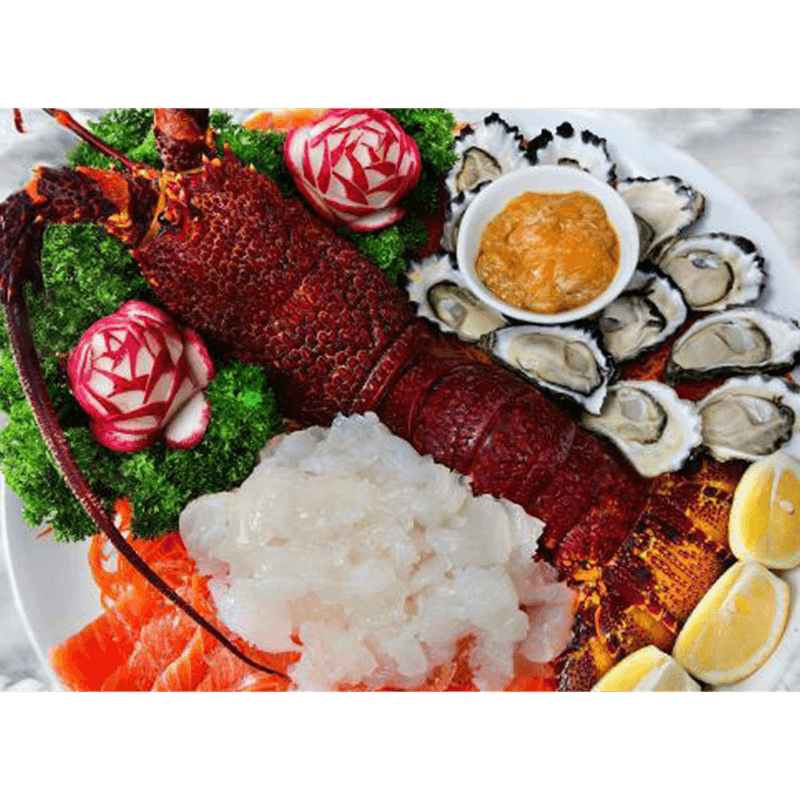
The Australian southern rock lobster, distinguished by its bright orange-red shell, is a notable species found on the rocky ocean floor in southern Australia. Known for its high-quality meat, it is a staple in Australian seafood cuisine. This lobster’s robust size and exquisite taste make it a valuable export, contributing significantly to Australia’s economy. Conservation efforts ensure the species remains abundant, supporting both ecological balance and commercial interests. Its striking appearance and culinary popularity highlight its importance within the marine world.
Leave a comment